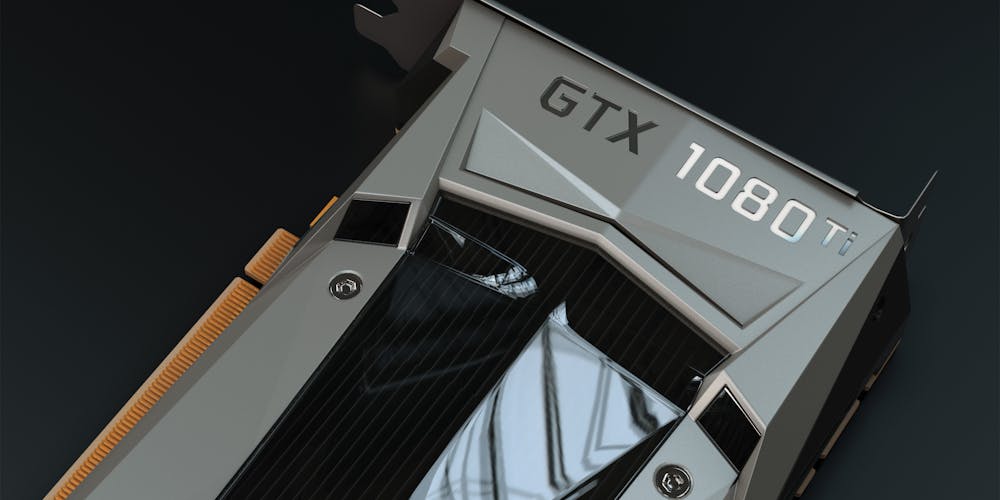AMD’s RX 7900 Golden Rabbit Edition, a cutting-edge entry in the arena of high-performance computing, faced unexpected speed bumps following its arrival. With a reputation for powerful performance on the line, users were taken aback when they encountered an unexpected performance cap; the memory clock speed was restricted to a subpar 2.3GHz, a constraint unbeknownst to AMD’s design intentions. This unforeseen limitation cast a shadow over the graphics card’s prospects. However, AMD was quick to take corrective measures. They rolled out the Adrenalin Edition 24.3.1 driver, which successfully repealed the memory tuning limitations. This pivotal update not only rectified the performance bottleneck but also restored the graphics card’s esteemed standing in the market. Enthusiasts and users alike turned their attention back to the RX 7900 XTX, keen to exploit its full potential now unshackled by the initial constraints.
The Memory Clock Speed Issue and Its Solution
The AMD RX 7900 XTX, despite its appealing features, grappled with an unexpected flaw that crippled its memory clock speed. This was not a simple oversight but a glitch that held back users from unleashing the card’s full potential performance. At the core of the conflict sat a memory tuning limit mistakenly set to 2.3GHz, which stonewalled enthusiasts aiming to push the hardware beyond its apparent constraints. The snag struck a discordant note for AMD, a company known for championing customization and overclocking.
AMD’s response was both timely and effective. With the release of the Adrenalin Edition 24.3.1 driver update, AMD rectified the error, pushing the memory clock tuning limit up by an impressive 300MHz. This leap forward meant that users could now earnestly exploit the card’s overclocking capacity, which promised substantial performance enhancements across various applications. For a GPU often riding in the shadows of more illustrious siblings, these newfound overclocking capabilities breathed fresh life into its circuitry and market appeal.
Real-World Performance Gains
Following the release of an updated driver, AMD RX 7900 XTX users eagerly subjected their systems to benchmarks like 3DMark Time Spy to gauge the impact on overclocking capacity. The outcomes were striking as many users experienced a performance boost of up to 15%—a substantial improvement. That said, it’s important to note there’s a ceiling to the GPU’s overclocking capabilities that has yet to be overcome by AMD.
On technology forums, the community’s experiences varied. Some managed only a slight increase in memory clock speed to just above 2.4 or 2.5GHz, while others hit the 2.6GHz target. Even for those who achieved only moderate overclocks, the benefit was clear, with at least a 5% rise in performance. This highlights a general advancement in performance, although individual outcomes differed, showing that the maximum benefits of overclocking can be user-dependent.
Market Reaction and Competitive Positioning
Tech reviewers and pundits, chronicled in the annals of the internet’s Hardware Unboxed and similar channels, looked upon the AMD RX 7900 XTX with renewed interest post-update. In the grand tapestry of the GPU market, where every frame per second and graphical enhancement counts, the XTX’s recalibrated performance edged it closer to a mid-range dominion once fraught with compromise. It now stands toe-to-toe with NVIDIA’s RTX 4070 Ti in rasterization tasks at a tempting price point that undercuts its rival.
Of course, the landscape is never one-dimensional, and while AMD has played its hand well in the rasterization realm, NVIDIA still brandishes the ace of ray tracing and DLSS 3 technologies, areas where the RX 7900 XTX has room to grow. This dichotomy is a testament to the fluidity of the GPU hierarchy – a symphony of alternating strengths where one card’s weakness is another’s forte. As such, the updated AMD offering wades into nuanced waters, compelling consumers to weigh both raw power and ancillary features against their individual gaming or productivity needs.
Performance Comparison with AMD’s Own Lineup
With the latest driver-induced performance boost, the RX 7900 XTX moved a step closer to its high-end counterpart, the 7900 XT. This adjustment not only benefits users seeking maximum output from their GPUs but also plays a strategic role in AMD’s product stack. Cost-to-performance ratios are scrutinized more closely, and suddenly, the XTX becomes a tantalizing prospect for those on the fence, hoping to balance budget with firepower.
This subtle yet significant repositioning of the XTX may shift consumer appetites, compelling enthusiasts to question the necessity of leaping to the pricier 7900 XT. The passageway between price and performance narrows, and AMD’s calculated engineering response could translate into a sage marketing maneuver. As the rubble of the initial limitations clears, it’s now evident that the RX 7900 XTX has found footing to potentially become the darling of the mid-range segment, made only more endearing post-update.

